Plato wrote, "Beauty is in the eye of the beholder." The use of cosmetics dates from the earliest times to create the "beauty" seen by the beholder.
Show, Don't Tell!
Recently, I read a blog by a male romance writer and friend of mine, Bob Richard, entitled Guys don’t wear makeup so why should you? http://romancetheguyspov.blogspot.com/ January 3, 2016.
The piece addresses the title question from the male point of view. "Women sometimes dress up and put on makeup to attract men. But most guys basically don't care. Sure, they'll notice, but are you their type? I'll venture to say that every man has preferences and sometimes getting to know a woman trumps that."
That got me to thinking. Have I been missing an opportunity in my writing. The use of, and attitude toward, cosmetics is one way, out of many, to show a heroine's (or hero's) character rather than describe it. But first, let's look at where the practice same from.
Body Decorating
Body decorating dates back to the African Middle Stone Age (about 100,000 years ago) when the Neanderthals, our closest relatives, are believed to have painted their bodies even before they wore clothes. Researchers say that the ritual of body art, decorating the body in some form, existed in all tribes/ cultures/ societies in all locations of the world. Rituals are a true universal human constant, and body decorating and painting can be described as a ritual of identification and initiation, and was used for the following:
● Group/tribe identity (expression of one's culture)
● Important changes in an individual's life (such as puberty or marriage)
● Honoring or celebrating religious beliefs
● Individual expression and identity
● Attracting a suitable mate
All About Cosmetics
These prehistorical rituals of body painting continued and 12,000 years ago began to morph into the beginnings of the cosmetic industry.
Around 10,000 BC, the Egyptians discovered the healing properties of scented oils. Soon they began using them to clean and soften skin and to mask body odor. By 4,000 BC, Egyptian men and women used soot and other natural minerals to decorate their faces as an important part of their identity as a culture and religion.
Within the same time frame, women in China and Japan used rice powder and shaved their natural eyebrows, replacing them with painted ones. The Chinese also stained their fingernails with gum Arabic, gelatin, beeswax and egg white. At first royalty wore gold and silver nails, then later black or red. However, the use of bright colors on nails was forbidden to commoners.
During the Middle Ages, after the church condemned women wearing makeup, the practice continued, at least among the rich. Pale skin has always been associated with social status and wealth because the rich could spend time indoors without working under the sun. From the sixth to the sixteenth century women used dangerous blood-draining techniques to achieve a pale complexion. Others applied egg whites or white lead-based paint which sometimes resulted in tumors, muscular disorders, and even death.
And so it goes!
By the 1800s, zinc oxide powder replaced the deadly lead and copper mixtures. Queen Victoria proclaimed publically that makeup was improper, and the use of cosmetics became regarded as vulgar. Through the early 1900s, cosmetics were not used by most western women.
And then along came the movies. Ta-Da!
The acceptance of cosmetics has had its ups and down in terms of popular, religious, and social acceptance. Still today, the argument rages about whether or not women should wear makeup and how much.
Whatever your position on the subject, let's face it. Today the cosmetics industry brings in over $50 billion a year, just in the United States. Worldwide, it's well over one hundred billion dollars. The industry takes advantage of social standards and the human instinct to look young, attractive, and healthy.
That is unlikely to change. Cosmetics are here to stay for the foreseeable future.
The Question Is Why?
In ancient times, cosmetics were used by both men and women. In the 21st century, their use is predominantly the realm of women and cinema makeup artists. The Why is both very simple and very complicated because it is instinct stretching back to our prehistoric roots.
● Group/tribe identity (expression of one's culture)
● Important changes in an individual's life, such as puberty, marriage, etc.
● Honoring or celebrating religious beliefs
● Individual expression and identity
● Attracting a suitable mate
Today, the first three reasons tend to be expressed through body decorating most often as clothing and jewelry. The first, group identity, is integral. Being accepted by the group is a driving instinct among humans. In prehistoric times, those who were not part of a group didn't survive.
The fourth, individual expression and identity, also employ body and face painting, clothing, jewelry, tattoos and piercings, but also includes possessions such as cars, furniture, and so on.
Attracting A Suitable Mate
Research shows good-looks is important in attracting a mate, and that people generally choose mates with a similar level of attractiveness. The evolutionary theory is that by mating with someone who has similar genes, one's own genes are conserved. Volumes of research have been documented and, in terms of natural selection in both the animal and human worlds, "sex sells". Thus, striving to look attractive is not so vain after all.
After spending far too much time researching, reading articles, and thinking about this, I've tried to formulate some conclusions for what they're worth.
● The social standard for beauty today is impossibly high—a nonexistent ideal—and "the only
people who expect us to look flawless are ourselves."
● Good-looks (beauty) does matter on a number of different levels beyond attracting a mate. Looking good boosts self-confidence and self-esteem, which shows in other ways than physical appearance.
● It's a basic instinct to want to look attractive and definitely nothing to be ashamed of.
● It's basic instinct to want to be accepted by "the group" (whatever that is to an individual) and, again, definitely nothing to be ashamed of.
● No one agrees on what the "right amount of makeup" should be or whether a woman should wear any.
● People who are good-looking will be so with or without makeup. For those of us who are not in that category of beauty (however you define it), certain improvements in looks can be made with color, contouring, covering blemishes and correcting flaws we can't otherwise change.
● Makeup is an art form. It can be fun, creative, and challenging.
● Makeup is a legitimate way to express your individuality.
● When you buy makeup, you're buying the brand name. Expensive or not, the contents are essentially the same and there are no controls on what the cosmetic companies promise.
● Natural does not necessarily mean healthy or undamaging to the body.
● Women wear makeup for themselves rather than others. Whether or not a woman wears makeup or how much she wears is a choice that does say something about the woman's character.
● Makeup and cosmetics can become an obsession, and when that happens, it has damaging effects like all other obsessions.
That's my take on it. Just don't forget makeup when you create characters. It's so much a part of our lives.
Resources
http://www.theatlantic.com/health/archive/2014/04/women-wear-too-much-makeup-because-they-mistakenly-think-men-want-them-to/361264/
http://www.wisegeek.org/why-do-women-wear-makeup.htm
http://thoughtcatalog.com/alyssa-mathews/2014/03/4-reasons-why-women-wear-makeup-for-those-who-just-dont-get-it/
http://www.bustle.com/articles/3243-why-do-women-wear-makeup
http://legacy.jyi.org/volumes/volume6/issue6/features/feng.html
http://scienceblogs.com/observations/2010/11/04/the-science-of-makeup/
http://www.bella-volen.com/Body-Painting-History-Bodyart-History-Geschichte-der-Koerperbemalung.html
http://dailycreativity.net/history-of-body-painting/
https://en.wikipedia.org/wiki/History_of_cosmetics
http://www.ancient-origins.net/body-art
http://www.webmd.com/beauty/makeup/history-makeup
http://www.alternet.org/story/148140/the_cosmetics_racket:_why_the_beauty_industry_can_get_away_with_charging_a_fortune_for_makeup
http://www.beautyresource.org.uk/content/history-beauty-industry.html
https://en.wikipedia.org/wiki/Middle_Stone_Age
http://en.wikipedia.org/wiki/Body_painting
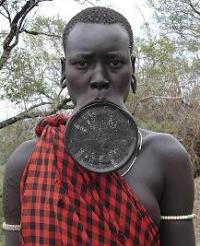
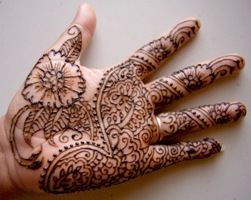
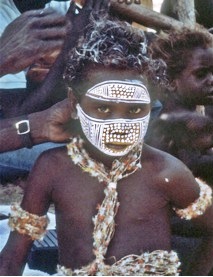
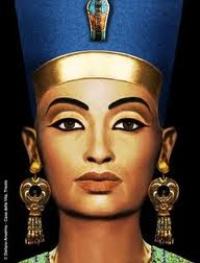
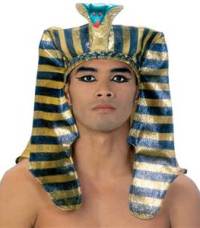
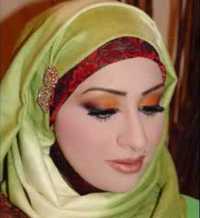
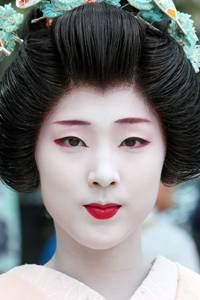
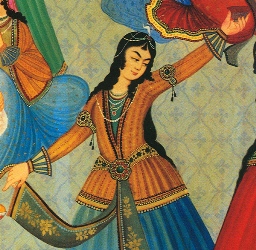

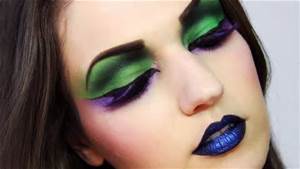
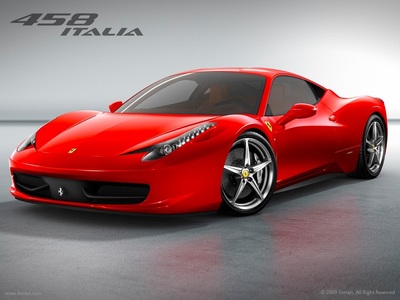
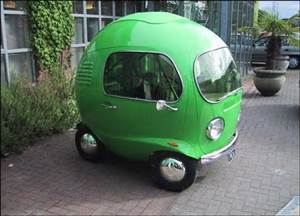
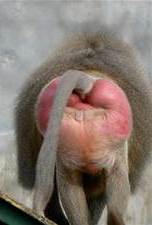
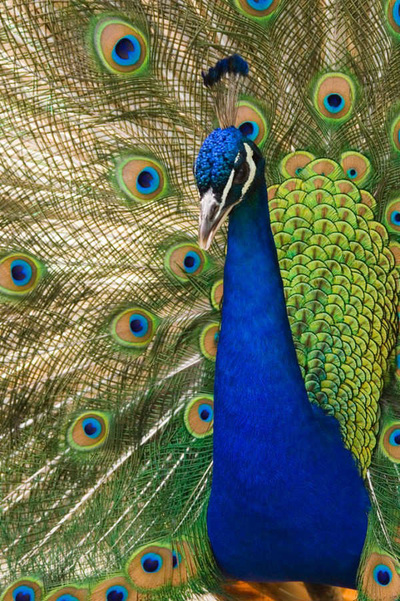
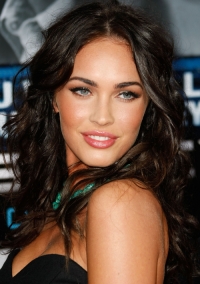

 RSS Feed
RSS Feed